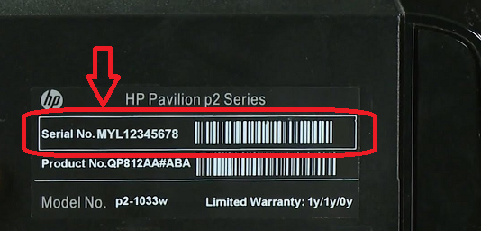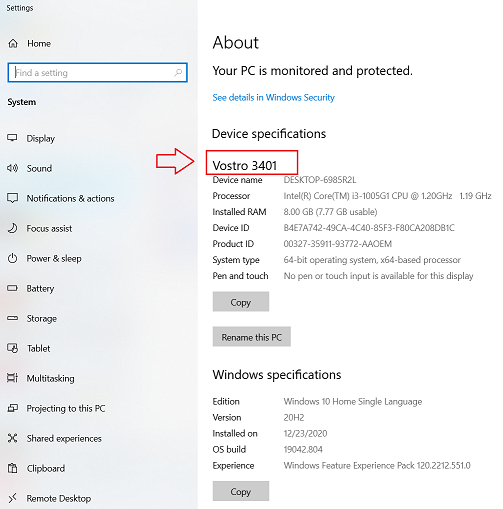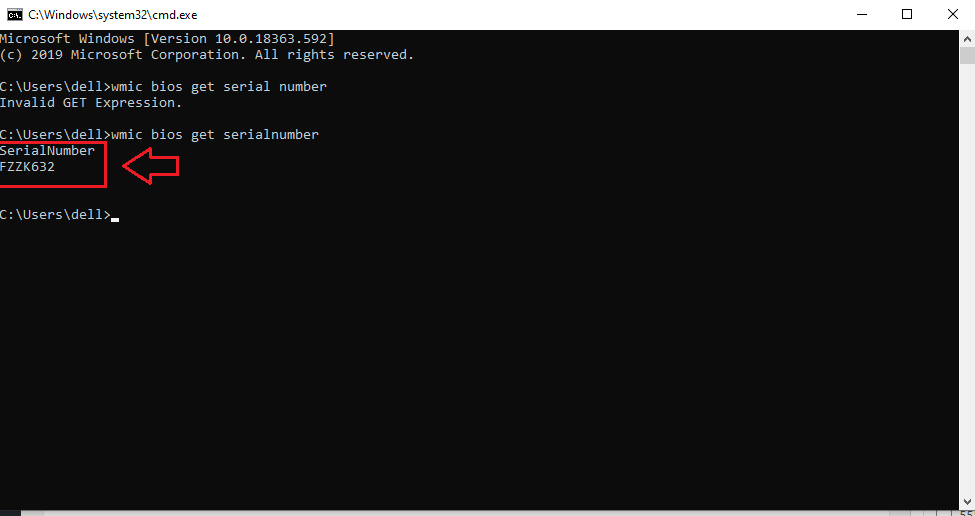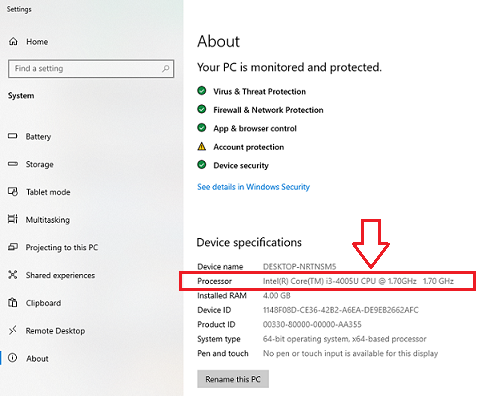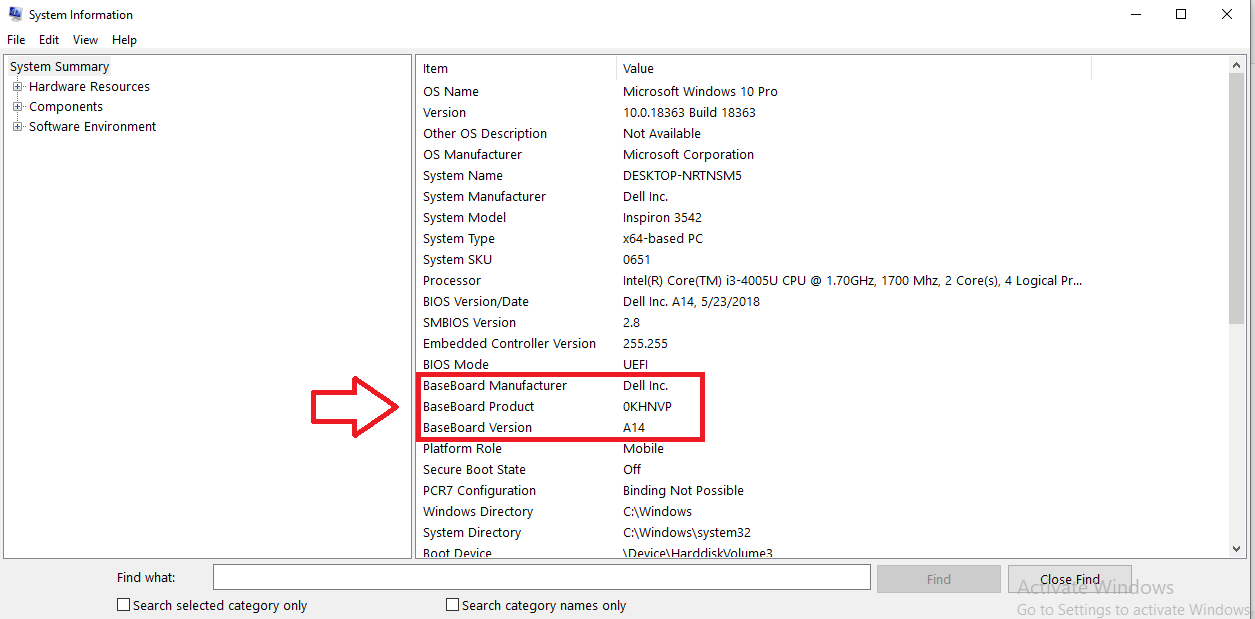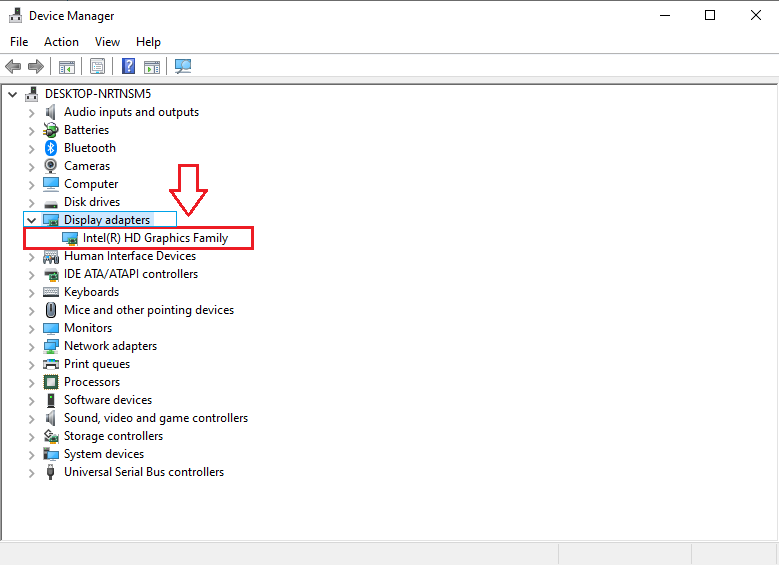Model identification is a fundamental aspect of maintaining and troubleshooting your laptop effectively. In the complex world of technology, understanding how to find crucial details about your device can save you time and streamline support processes. This blog post delves into essential steps to identify your laptop’s model, enabling you to access specific information crucial for upgrades, repairs, or simply for informational purposes.
Outline
ToggleWhy Knowing Your Laptop Model Matters
Understanding the significance of knowing your laptop model is crucial for both casual users and tech enthusiasts alike. Here’s why:
- Compatibility: Knowing your laptop model ensures compatibility when purchasing accessories, such as chargers, docking stations, or external hardware. Each laptop model may have unique specifications, and using incompatible accessories can lead to functionality issues or even damage to your device.
- Technical Support: When seeking technical assistance or troubleshooting online forums, providing accurate information about your laptop model is essential. It allows support personnel or fellow users to offer tailored solutions specific to your device’s configuration and potential issues.
- Warranty Coverage: Many warranty claims or service requests require you to provide details about your laptop model. Without this information, you may face delays or complications in processing warranty claims or receiving appropriate service for your device.
- Software Updates and Drivers: Manufacturers often release software updates or driver patches tailored to specific laptop models. Knowing your laptop model ensures you can easily find and install the latest updates, enhancing performance, security, and compatibility with new software releases.
- Resale Value: When selling or trading in your laptop, having accurate information about the model can significantly impact its resale value. Potential buyers often prioritize specific models or configurations, and providing detailed information can increase buyer confidence and result in a higher selling price.
By understanding the importance of knowing your laptop model, you can streamline your computing experience, ensure compatibility and support, and maximize the value of your device.
Methods To Find Your Laptop Model
The process of identifying your laptop model is a universal one, applicable to various brands, including HP, Dell, Acer, and more. Here’s a general guide that encompasses common methods:
1. Finding Your Laptop’s Model Number
The information on your laptop model number is essential to easily track down features. To locate the model number, you can follow one of the following four methods.
- Model numbers are generally printed on the backside of the laptop body. Flip the laptop upside down to locate the company logo. Near that, a small text should be printed, which has the model number.
At times, companies either club the model number and brand name together or write them down separately.
- It is also possible to locate model information from Microsoft Surface App. Open the app and click on the feedback button.
The model number will be displayed under the Your Surface Device information panel. Other information available under this is the Wi-Fi driver, UEFI version, etc.
- Another option is to locate your laptop model number from the control panel. Open the Control Panel app from the windows menu. Now click on System and Security. Now click the option labeled as System.
This menu pulls up information about your system. Most of the time, brand and model details are listed under this segment.
- You can also locate the model number from the Command Prompt window. Open the Command Prompt from the Windows menu.
Type “wmic bios get serialnumber” and press enter. The model number of your laptop will be displayed for you.
Even after going through all these, there might be circumstances that you could face, where you cannot locate your model number. Do not lose hope as there is a last resort you can turn to.
It is inevitable that by now you don’t know the brand of your laptop at least. Get in touch with the customer care of the brand and provide them with the information. They can likely furnish you with the details you require.
Another way is to find your purchase receipt. The purchase receipt contains the brand name, model number, and other small information. You can also get in touch with a technician, which will be very helpful. They will open up your laptop and note down the details from the internal components.
A risky option is still left, which is better if not to be explored. The Basic Input Output System or the BIOS has the basic information for your device. Navigating through the BIOS menu is not very technical but has lots of room for messing up.
2. Checking Your Laptop’s CPU
The Central Processing Unit or the CPU is the soul of the laptop. The main components required to have the laptop up and running is installed there. Knowing the CPU specifications is like knowing what you will need to use it in the future. To know the CPU details, it is the easiest for a Windows 10 installed laptop.
Simply right-click on the Windows logo. Now, locate the System option. This should take you to the About page containing system information. About half a page down, locate the Device Specifications segment.
Besides the Processor data, the CPU information is mentioned for you. Other Specifications like the installed RAM, product ID, and system type is also listed here.
3. Check Your Motherboard
People seldom seek information about the laptop’s motherboard. It is not that tough if you want to find the motherboard specifications that you have been using.
In the search bar, type System Information. Clicking on it will display a huge list containing lots of information. Navigating towards the bottom, you will locate a piece of information on Base Board Manufacturer.
The name listed there is the motherboard brand, which your laptop is using. Below that, you will notice the Base Board model. This model number is the model number of your motherboard.
4. Check Your GPU
The Graphical Processing Unit takes up all the work in rendering the smooth graphics that you crave for. Be it video games or video designing and editing, nothing is possible without the GPU. It is very common for gamers and professionals alike to compare the GPU with other laptop models.
To know what GPU you have been using, the Device Manager is the best place to look for. This menu contains information of every drive and device connected to your laptop. Even the device drivers connected via Universal Serial Bus (USB) port and Bluetooth is also shown.
To access the Device Manager, follow the steps, which will lead you right to it.
Step 1: Right-click on the Windows icon.
Step 2: From the list displayed, locate Device Manager and click on it.
Step 3: On the top portion, notice an option labeled Display Adapters. Click on it will show you the GPU details.
Step 4: Take note of the GPU details displayed in front of you.
You might come across two GPU options. Do not get confused. One of them will be the integrated graphics card that is factory-built in the CPU.
Another is the stand-alone GPU. For times when two of them are displayed, it is necessary to note down the details of the stand-alone GPU.
5. Upgrade Your Laptop
Knowing the specifications might tempt you to think about whether you have the possibility for an upgrade. Unfortunately, unlike desktop computers, it is not possible to upgrade the core components. Change of Display Screen or the motherboard altogether is not possible.
The window of possibility available to you is the up-gradation of RAM and GPU. It is easier to have a new GPU as the external GPUs have seen a soar in sales on the market. Boosting the performance of your laptop is possible in this regard.
Older versions of laptops are quite difficult to revamp. The cost of up-gradation to Solid State Drive memory is not budget-friendly. It is advisable to go for a new laptop rather than investing in the old one.
Conclusion
In conclusion, knowing how to find your laptop model is essential for maximizing your device’s potential and ensuring a smooth computing experience. By following the straightforward steps outlined in this guide, you can easily identify your laptop model, regardless of the brand. Whether you’re an HP enthusiast, a proud owner of a Dell laptop, or prefer Acer or Asus devices, the process remains consistent and accessible.
Understanding your laptop model empowers you to access accurate support, download appropriate drivers, and ensure compatibility with accessories and software updates. Whether you need to troubleshoot an issue, claim warranty services, or simply personalize your device, having this knowledge at your fingertips is invaluable.

